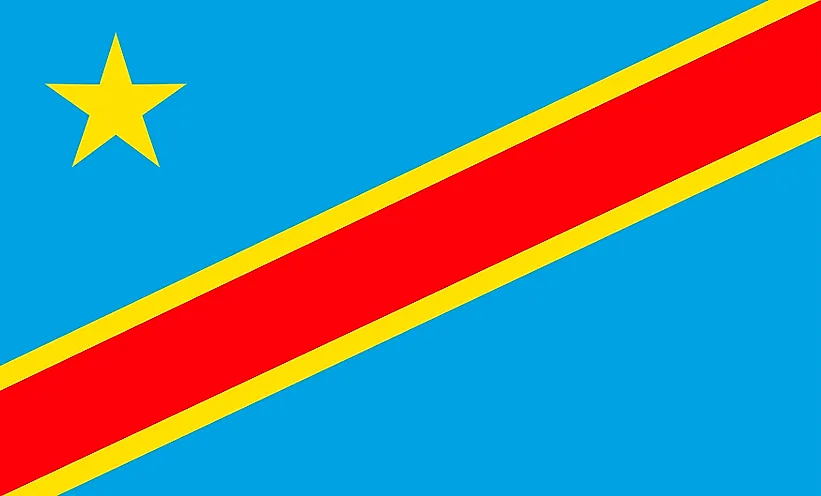
Democratic Republic Of The Congo
| Continent | Africa |
| Capital | Kinshasa |
| Population | 81,331,050 |
| GDP | $65.04 Billion |
| GDP per Capita | nan |
| Dialing Code | +243 |
| ISO Code (2-letter) | CD |
| ISO Code (3-letter) | COD |
Democratic Republic Of The Congo Landscapes






About Democratic Republic Of The Congo
Welcome to the Democratic Republic of the Congo (DRC), Africa’s second-largest country and a land of extraordinary natural wealth and cultural diversity. With approximately 89.5 million people occupying 2.3 million square kilometers, the DRC combines vast natural resources with remarkable biodiversity, creating one of the world’s most important ecological treasures.
Geographic Features and Natural Beauty
The DRC’s geography encompasses an incredible variety of landscapes, from the Congo Basin rainforest, which covers about 60% of the country, to the eastern mountains along the Great Rift Valley. The mighty Congo River, second only to the Amazon in water discharge, creates a vast network of navigable waterways.
Virunga National Park, Africa’s oldest national park, features active volcanoes, mountain gorilla habitats, and diverse ecosystems. The Garamba National Park preserves unique savanna landscapes, while the Salonga National Park protects one of the world’s largest tropical rainforest reserves.
The country’s terrain includes everything from glaciated mountains in the Rwenzori range to tropical forests, savannas, and wetlands. This diversity creates habitats for countless species, including many found nowhere else on Earth.
Cultural Heritage and Traditions
Congolese culture reflects the diversity of over 200 ethnic groups, each with distinct traditions, languages, and customs. Traditional arts include world-renowned sculpture, particularly masks and figurines that have influenced modern art movements globally.
Music plays a central role in Congolese life, with Congolese rumba and soukous gaining international recognition. Traditional crafts include intricate woodcarving, textile arts, and metalwork, while contemporary Congolese artists continue to gain global attention.
Congolese cuisine varies by region but commonly features cassava, plantains, and various stews. The country’s oral traditions and storytelling preserve historical knowledge and cultural values across generations.
Historical Journey
The DRC’s history spans from ancient kingdoms, including the Kongo and Luba empires, through colonial period under Belgian rule to independence in 1960. The country’s post-independence period has seen various challenges and transitions, while maintaining its cultural resilience.
The region’s rich history includes significant trade networks, technological innovations in metallurgy, and sophisticated political systems that predated European contact. Recent decades have seen efforts toward stability and development.
Modern Economic Landscape
Today’s DRC possesses enormous economic potential through its natural resources, including minerals essential for modern technology. The country holds vast reserves of copper, cobalt, coltan, and diamonds, along with significant agricultural potential.
The economy includes both traditional sectors like agriculture and mining, and growing sectors like telecommunications and services. Kinshasa, the capital, has emerged as one of Africa’s largest cities and an important cultural center.
International Relations and Global Position
The DRC maintains active participation in regional and international organizations, playing a crucial role in Central African affairs. The country’s environmental resources, particularly its rainforests, make it vital for global climate initiatives.
Did You Know?
• The DRC contains more than half of Africa’s tropical forests?
• The country is home to several species found nowhere else, including bonobos and okapi?
• The Congo River is the world’s second-most powerful river by volume after the Amazon?
• Kinshasa and Brazzaville are the world’s closest capital cities, separated only by the Congo River?
Conclusion
The Democratic Republic of the Congo represents an extraordinary combination of natural wealth and cultural diversity. From its vast rainforests to its mineral resources, from its traditional arts to its modern urban centers, the DRC continues to evolve while preserving its unique heritage. As it addresses contemporary challenges and opportunities, the DRC remains committed to sustainable development and harnessing its potential for the benefit of its people and the world.